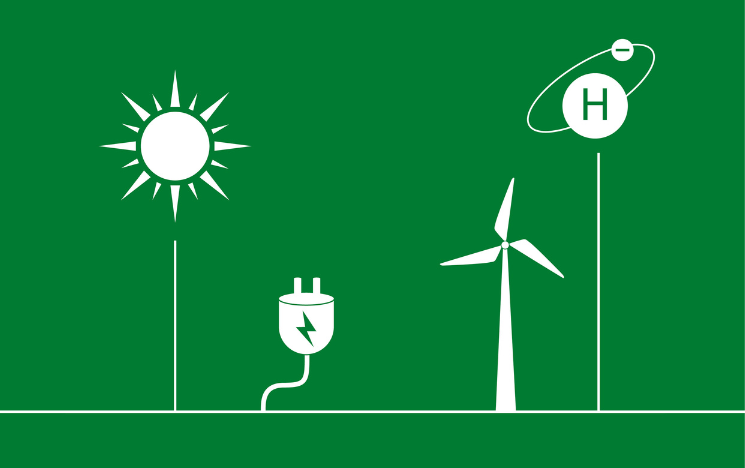Opinion: The path to net zero
Professor Benjamin K. Sovacool makes a case as to why decarbonising can become the next big climate success story.

An enormous challenge loomed over the 2024 COP28 UN Climate Change Conference in Dubai in January: decarbonising the global economy at speed and scale. Many will criticise global efforts as being too slow, too partial or too ineffective. However, there is significant room for optimism.
According to the Intergovernmental Panel on Climate Change – the most powerful and influential scientific body examining the state of climate science – we have a fruitful array of mitigation options that can significantly reduce emissions rapidly and cost effectively. Their most recent synthesis report charted no less than “dozens” of commercially available options cutting across energy, land use, buildings, transport and industry. Many of these emissions reductions – such as the adoption of wind and solar power, the diffusion of electric vehicles and a focus on demand management – will be achieved through the state-centred system grounded in the United Nations Framework Convention on Climate Change (UNFCCC).
The positive news is that many countries are taking steps forward. The recently passed Inflation Reduction Act in the United States includes approximately $80 billion per year in climate spending from 2022-2027, with provisions to spur clean technology deployment and incentivise emissions reductions across industrial sectors. The bill targets hard-to-decarbonise industries, with tax credits and programmes for the development and deployment of clean hydrogen production and carbon capture usage and storage.
However, there is even room for optimism beyond the UNFCCC system. Concerted efforts are occurring across different stakeholders and non-state actors – that is, sub-national entities and their institutional kin – which are becoming increasingly important as political, economic and environmental threats and harms increasingly globalise. Non-state actors – e.g. companies, associations, international organisations, civil society, cities and regions – have emerged to undertake a range of climate mitigation actions. Collectively, these plans and actions, if fully implemented, have the potential to bring the world back on track with a 2°C pathway. Our analysis reveals 25 single initiatives that could total up to emissions reductions in 2030 consistent with a 2°C pathway.
These non-state actors can achieve a range of reductions from 31.81 billion tons to 37.31 billion tons of carbon dioxide. The three most significant potentials in terms of emissions reductions or scope relate to forestry, cities and regions. The most critical collection of actors or actor types is businesses and the private sector. The most significant sector is renewable energy followed by multi-sectoral initiatives, with comparatively fewer reductions coming from energy efficiency, transport, buildings or non-CO2 emissions.
Consequently, there are promising technologies and innovations that can drive deep and accelerated decarbonisation across the global economy, such as renewable energy, energy efficiency and better land use management. It’s a theme that will be explored by Sussex’s newly formed Bennet Institute for Innovation and Policy Acceleration. Moreover, sub-national actors are already undertaking a massive mobilisation of finance, technology and political will targeting net zero pathways over the next two decades.
With bold leadership from countries and other actors, smart policy and massive investments in technology and human capital, decarbonising can become the next big climate success story.
Professor Benjamin K. Sovacool
Professor Benjamin K. Sovacool is Director of the Bennett Centre for Innovation and Policy Acceleration and Professor of Energy Policy at the Science Policy Research Unit in the University of Sussex Business School.
